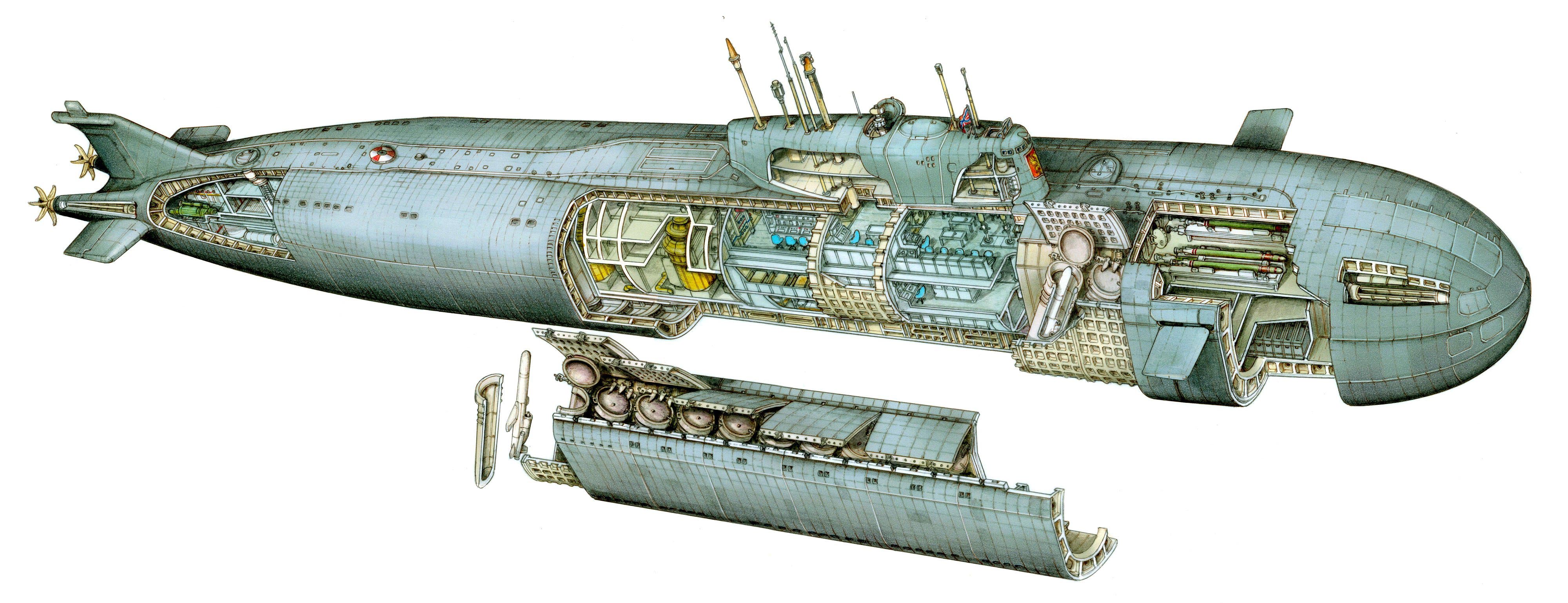

Sergeyev, had said the Kursk had probably sunk after colliding with a foreign submarine or a World War II mine. 12.īy the time the Memphis reached Bergen, Norway, Russian officials, including the defense minister, Marshal Igor D. The other submarine was the Memphis, a nuclear-powered attack submarine based in Groton, Conn., and one of two American submarines that were spying on the largest Russian naval exercise in years when disaster struck the Kursk on the morning of Aug. _ Information from the New York Times was used in this report.Six days after something went dreadfully wrong with the Russian nuclear submarine Kursk, another submarine quietly pulled into a Norwegian port, carrying some of the most detailed evidence so far of why the pride of Russia's navy sank to the bottom of the Barents Sea. Military planners say they hope to raise the submarine once the recovery is complete, a task that would not be feasible until next year's summer weather. "One thing can be definitely said: None of the compartments will be sealed or work in them wrapped up until they have been examined by our divers in detail," he told Russia's RTR state television network.ĭivers used torches to cut a man-sized hole in the Kursk's hull, one of seven holes that must be carved if the recovery operation is to be completed. But Motsak indicated that the navy was determined to continue. Then real problems begin when we start moving further ahead," he said.įorecasts of worsening weather at the site left the course of the recovery operation uncertain. "These are comparatively the most accessible sections. Navrotsky said that under normal conditions, 40 people would be stationed in the sub's rear five sections, which appeared to be intact. The bodies retrieved Wednesday were discovered in two compartments at the very rear of the 500-foot submarine. Three-man teams include a diver from Halliburton, who remains in a diving bell to assist his Russian colleagues. oil services firm Halliburton, which sent its mobile diving platform Regalia to the site of the accident. The salvage operation is being coordinated by U.S. Most experts say any impact big enough to sink the Kursk, an enormous submarine with a rubberized hull designed to withstand even torpedo attack, would have caused such severe damage that it would have been nearly impossible for an offender to escape undetected. The United States and Britain have both said that none of their ships were involved in a collision. Mikhail Motsak, the Northern Fleet's chief of staff. "I think that until we study the ship in detail and completely evaluate its condition it is premature to speak about any particular version yet _ although we have grounds to speak about a collision," said Adm. Navy officers on Wednesday broadcast new footage of the submarine's shattered hull, pointing out what appeared to be a large dent and long gouges _ evidence, they said, that the Kursk was struck by another vessel before it sank. Russian officials say they have three working scenarios about the cause of the blasts: a collision with an unknown vessel, a collision with a stray mine or other explosive, or an on-board explosion. Norwegian scientists recorded two explosions at the time of the accident. That is one reason many observers and some of the sailors' families have asked the government to drop the salvage operation and let their loved ones lie at the bottom of the sea in accordance with naval tradition. "If you want my personal opinion, if we manage to recover even 10 bodies from the entire submarine, this would really be considered a very significant result," Navrotsky said. Government officials have already warned that they expect to find only a fraction of the bodies intact because most of the sailors were in the submarine's forward sections, which were almost destroyed in the accident. Divers who venture inside the wreckage must maneuver carefully to avoid damaging their deep-diving suits with twisted metal or other hazards in the sub's cramped interior. The submarine salvage operation is perhaps the most extensive and dangerous in history. The retrieval of the bodies is expected to unleash a new wave of public emotion over the Kursk disaster, in which anger and shame at the navy's bumbling efforts to rescue the crew led to a public pledge from President Vladimir Putin to raise the bodies and compensate the families. There was no immediate identification of the bodies or information about the cause of death.

Naval officials provided few details of what divers saw inside the sub, but they said three corpses were found and placed in special body bags for transport to the surface.


 0 kommentar(er)
0 kommentar(er)
